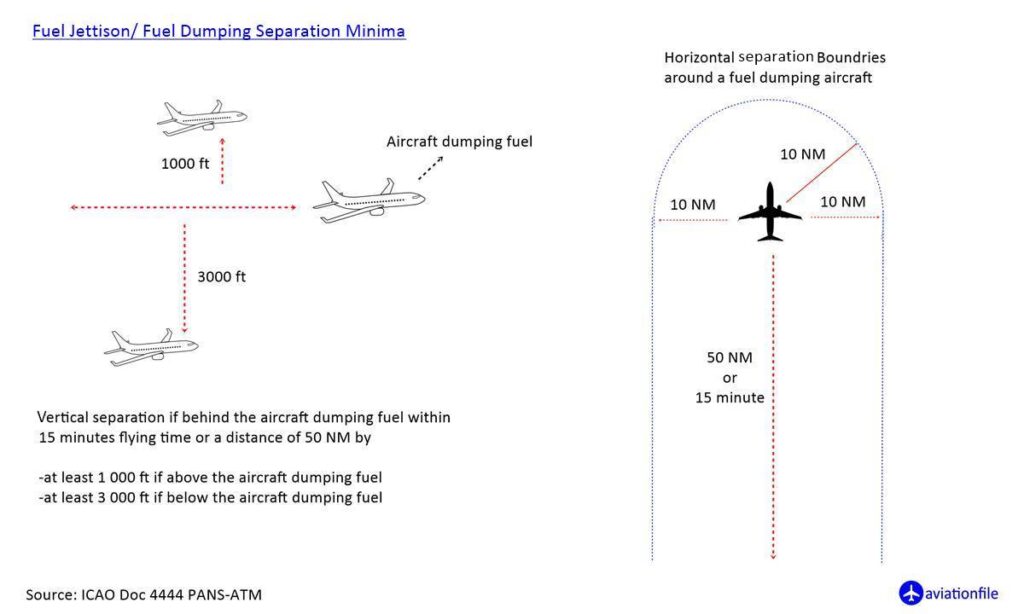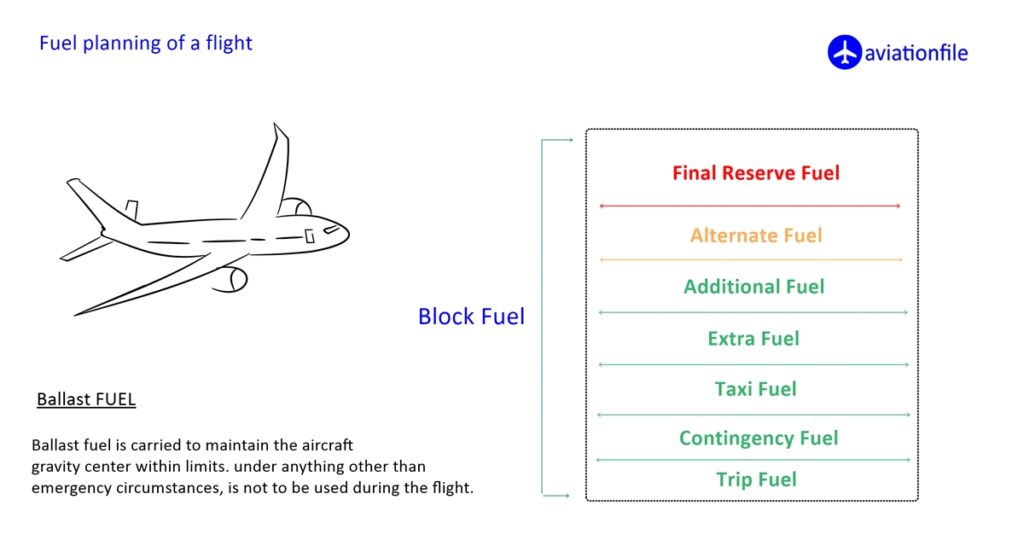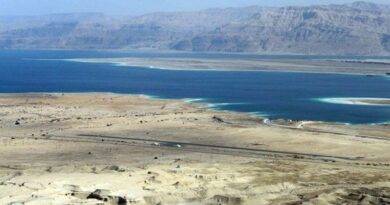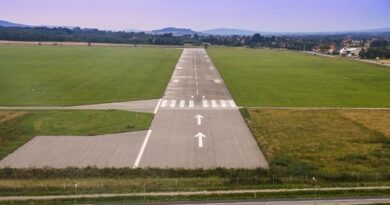Fuel Jettison and Fuel Dumping
Ever wondered why planes sometimes release fuel mid-air? This crucial safety measure, known as “fuel jettison” or “fuel dumping,” helps aircraft reduce weight for safe landings, especially in emergencies. Fuel jettison typically occurs at high altitudes to allow the fuel to evaporate, minimizing environmental impact, while fuel dumping is a rapid, lower-altitude response used in dire situations like engine failure. Both procedures are strictly regulated to ensure safety and limit environmental damage, making them a last resort in aviation.
Fuel Jettison: Landing Light
Imagine an aircraft encounters an engine issue shortly after takeoff. Landing at full weight could be risky. Enter fuel jettison, a controlled release of fuel at a high altitude over designated, unpopulated areas. This reduces weight for a safe emergency landing, minimizing environmental impact thanks to high altitude dispersal.

Fuel Dumping: Emergency Eject
Picture a potential in-flight fire hazard. In this extremely rare scenario, fuel dumping becomes the last resort. Fuel is rapidly released, often near airports or water depending on the emergency and regulations. While this has a more significant environmental impact due to the lower altitude, it’s prioritized over an in-flight disaster.
Key Differences:
- Mission: Jettison for landing weight reduction, dumping for in-flight emergencies.
- Control: Jettison is controlled and planned, dumping is rapid and reactive.
- Impact: Jettison has minimal environmental impact, dumping has more impact but deemed necessary for safety.

United Airlines Flight 811: A Critical Case of Fuel Dumping in Action
One of the most well-known examples of fuel dumping occurred during United Airlines Flight 811 in 1989. This Boeing 747 was en route from Honolulu to Auckland when a cargo door malfunctioned shortly after takeoff, causing a massive decompression and the loss of nine passengers. In response to the emergency, the pilots had to quickly dump thousands of pounds of fuel over the Pacific Ocean to reduce the aircraft’s weight for an emergency landing back in Honolulu. This procedure was crucial to ensuring the plane could land safely despite the severe damage it had sustained (Western Sydney Airport, Citizen Sustainable).
Important Notes:
- Both procedures are highly regulated, with specific aircraft capabilities and environmental concerns dictating their use.
- Pilots only use them as a last resort, exhausting all other options first.
- Advance notice is given to authorities whenever possible to minimize environmental impact.
More Than Just Headlines:
While uncommon, understanding fuel jettison and dumping sheds light on the intricate decisions pilots make to prioritize safety and minimize environmental impact in emergency situations. These procedures are constantly evolving, with regulations and research striving to further reduce their environmental footprint
References and Further Reading:
- Federal Aviation Administration (FAA): https://www.govinfo.gov/content/pkg/CFR-2011-title14-vol1/pdf/CFR-2011-title14-vol1-sec23-1001.pdf
- International Civil Aviation Organization (ICAO): https://applications.icao.int/postalhistory/annex_6_operation_of_aircraft.htm
- Aircraft Systems: Design, Operation, and Maintenance, by G.E. Wilkinson (Chapter 9: Fuel Systems)
- Airplane Flying Handbook (FAA-H-8083-3B), Chapter 5: Emergency Operations
- “When Do Planes Dump Fuel? Safety vs. Environment” (BBC News): https://www.flightradar24.com/blog/why-do-airplanes-dump-fuel/
- “The Truth About Airplane Fuel Dumping” (Popular Mechanics): https://simpleflying.com/fuel-dump/
- “Fuel Dumping: A Rare But Necessary Evil” (AeroSafety World): https://en.wikipedia.org/wiki/Fuel_dumping


